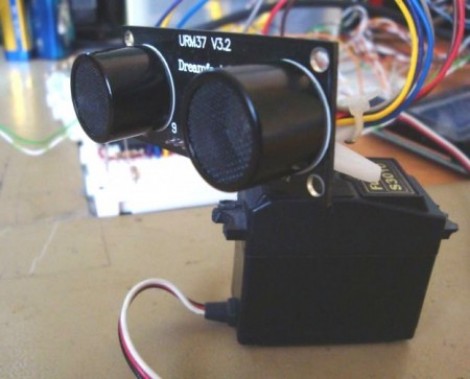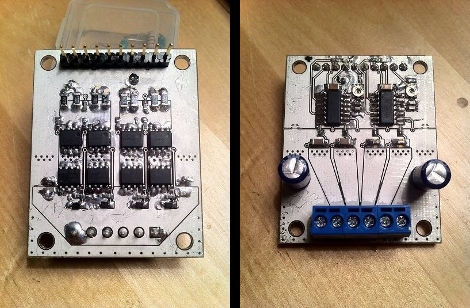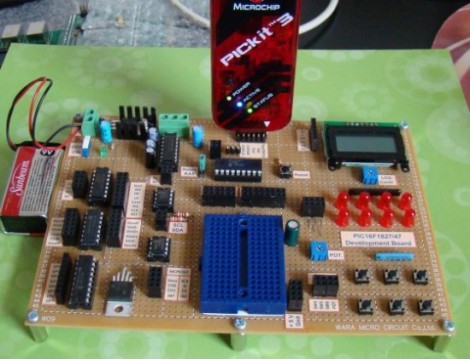
[Rossum’s] still coming up with great ways to use his microtouch hardware. This time, he’s taken his inspiration from Amazon’s announcement that a full-color eBook reader (and movie player) is on the way. Judging from the video after the break, his fully functional reader is a big win for the device.
You’re probably familiar with the hardware, an ATmega644-based board connected to a touch sensitive LCD screen. You can make your own or buy one pre-assembled (but currently out-of-stock). The board has a microSD card slot making it quite easy to add books to the device. At the start of the project [Rossum] thought he might be able to read ePub files directly, but the embedded images, and unzip function needed to open the package file is a bit too much for the 8-bit processor’s restrictions. One simple step does the trick. A helper script can be used to format the files before transferring them to the device. This does the unzipping, scales the images, and repaginates the text into a format friendly for the display size.
Now if we only had a nice little case to house the hardware we’d be in business.
Continue reading “Full-color EBook Reader Needs Only 8-bits Of Muscle”
















